Japan has become the land of the rising sums in the fashion world
The country's grip on the fashion industry is growing firmer, financially and culturally. Now, with manga ‘cosplay’ and runways in Sumo halls, it’s gone hyper
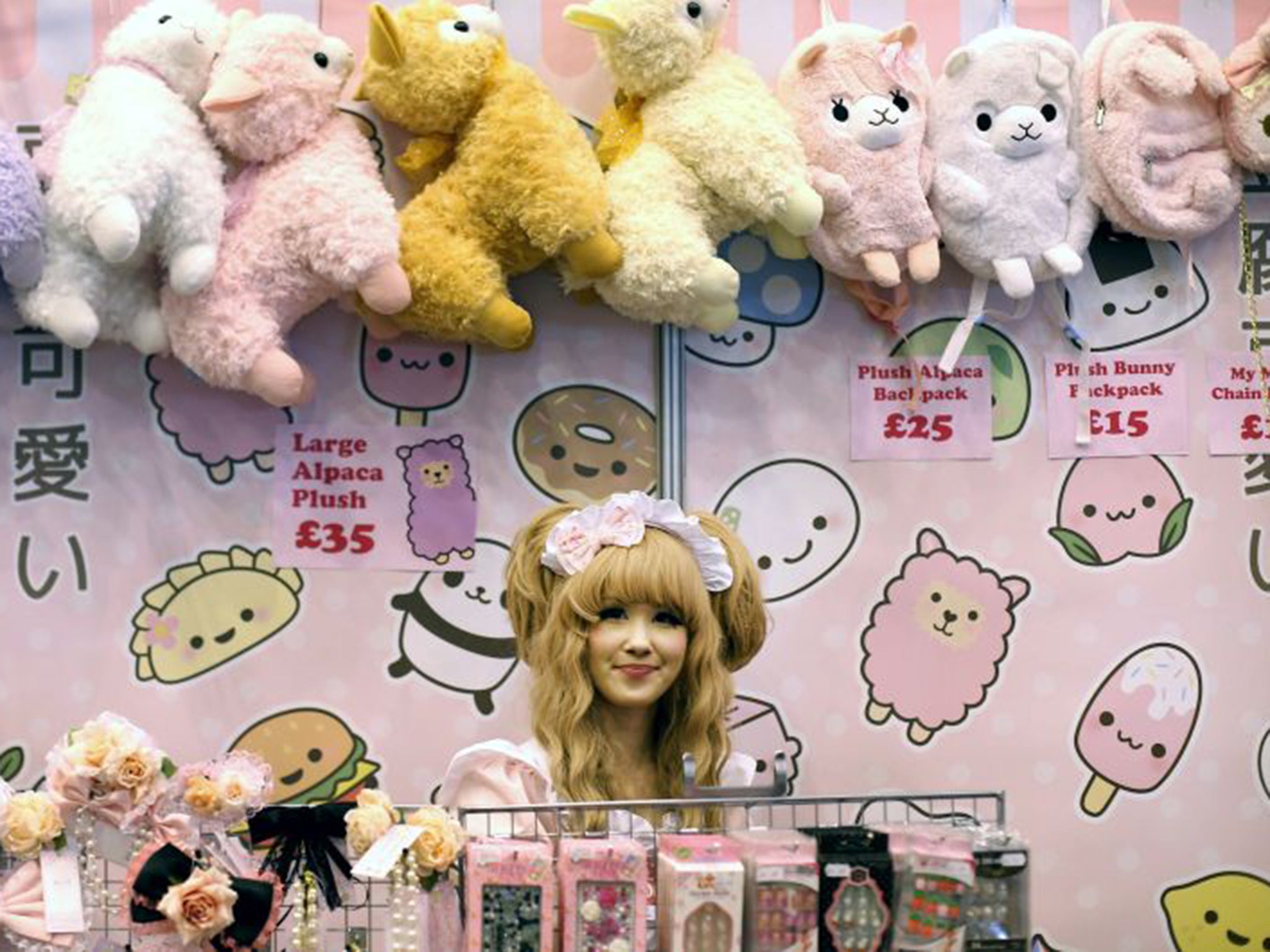
Your support helps us to tell the story
From reproductive rights to climate change to Big Tech, The Independent is on the ground when the story is developing. Whether it's investigating the financials of Elon Musk's pro-Trump PAC or producing our latest documentary, 'The A Word', which shines a light on the American women fighting for reproductive rights, we know how important it is to parse out the facts from the messaging.
At such a critical moment in US history, we need reporters on the ground. Your donation allows us to keep sending journalists to speak to both sides of the story.
The Independent is trusted by Americans across the entire political spectrum. And unlike many other quality news outlets, we choose not to lock Americans out of our reporting and analysis with paywalls. We believe quality journalism should be available to everyone, paid for by those who can afford it.
Your support makes all the difference.You would imagine that Hyper Japan, the Japanese street-culture festival held this July at London’s O2, would be an otherworldly jolt to the stylistic senses. It is, on one level. Fans wander corridors in elaborate garb associated with Japanese cartoon characters – “cosplay” is the terminology. Stalls heave with plushy animals and gaming cards. Most attendees’ hair is dyed an unnatural shade; many sport wigs. There’s a proliferation of pink – the pink of cherry blossom, of Hello Kitty merchandise, of a special type of Pepsi only available in Japan. Pink is kind of an obsession in Japan – and Japan is obsessed with lots of things.
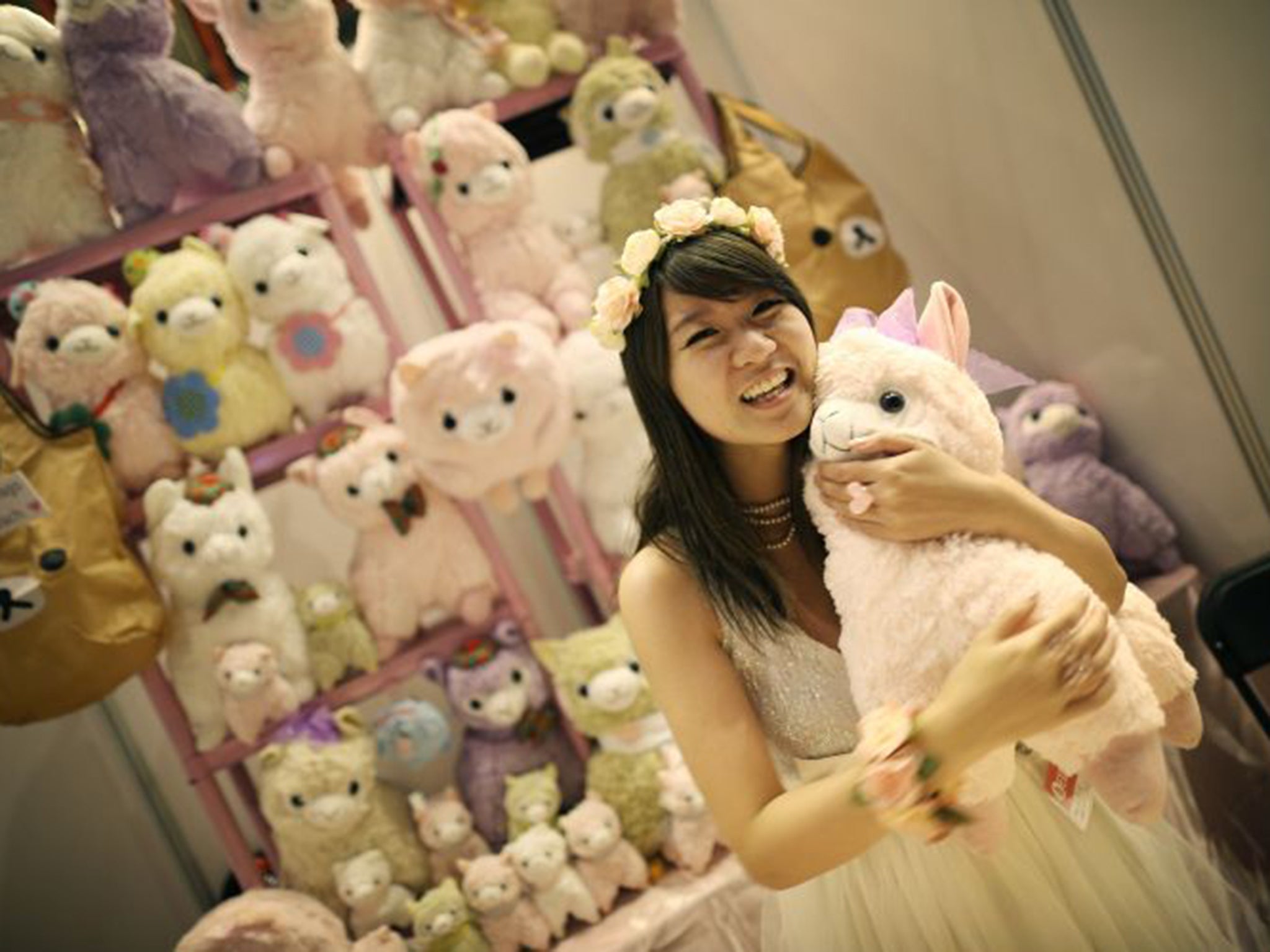
It’s a striking aesthetic assault – but as a fashion journalist, you barely blink. Why? Because the wild scene has been so widely co-opted by Western designers in recent seasons that neon hairpieces, tiaras and alien eye make-up seem almost the norm. Popular looks – patched denim jackets proclaiming nonsense slogans such as “My life is fashion fun”, riotous colours and wonky spectacles – weren’t miles away from the heavily bejewelled numbers seen at Gucci’s most recent women’s show. Three weeks ago, Nicolas Ghesquière opened his spring 2016 Louis Vuitton womenswear collection with the Chinese-Australian model Fernanda Ly, Pepsi-pink hair flying, feet jacked up on platform sandals. The show was an ode to computer gaming – couture cosplay, in other words – and Ly would have looked right at home in Hyper Japan.
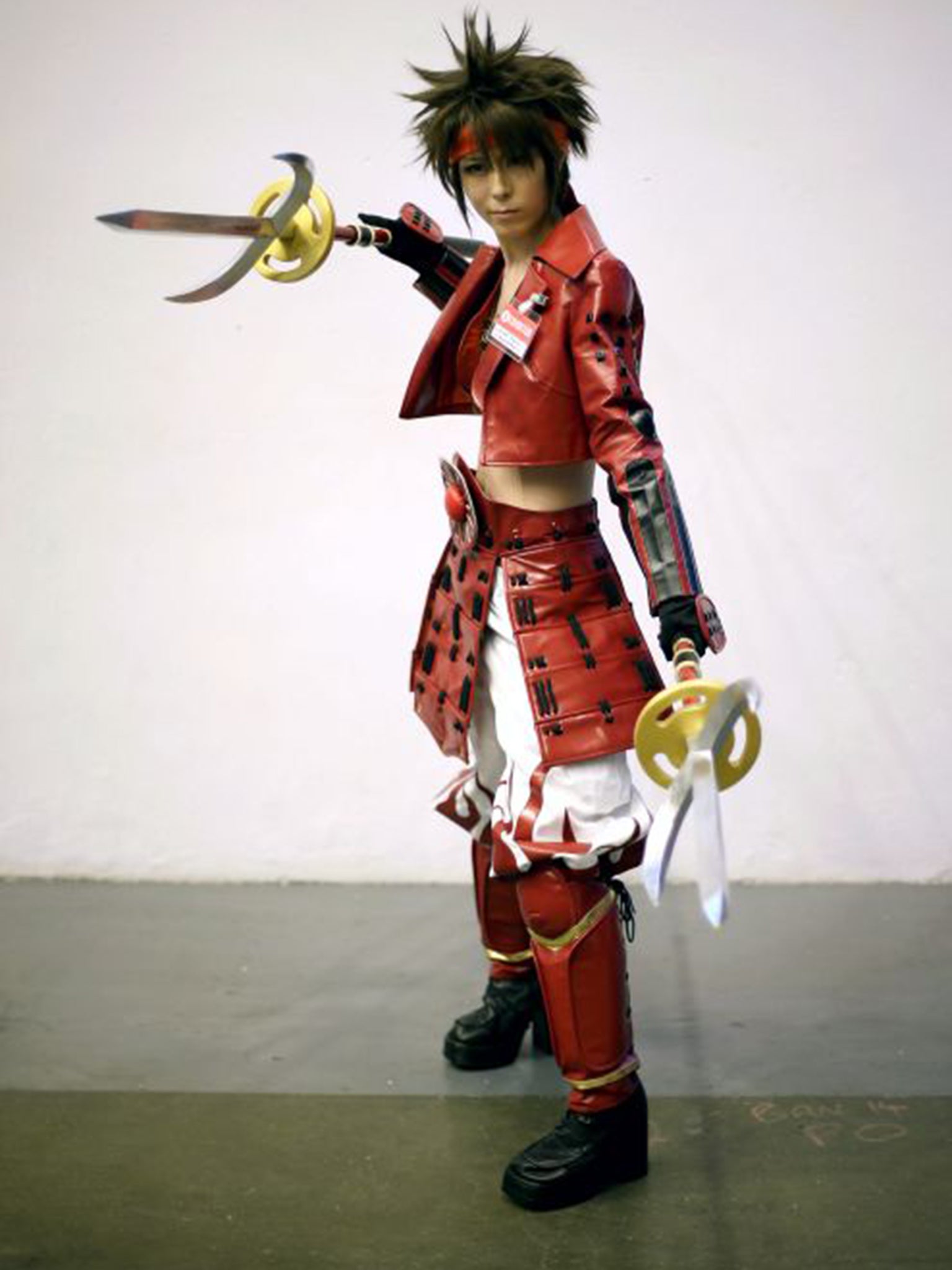
Think of contemporary Japanese fashion, and two ideas invariably come to mind: the extremities of Harajuku street culture, with its Lolita frills and Ganguro tans, and the cerebral creations of the Japanese designers who show in Paris – Comme des Garçons, Yohji Yamamoto, Junya Watanabe and Undercover, all cultishly revered. However, for autumn/winter, pockets of Japonisme surfaced in the most unexpected places. Forget kimonos and obi belts, though: Donatella Versace embroidered evening dresses with emoji in the vivid shades of manga comic-book heroines; while in London, Ryan Lo’s perverse princesses in marabou animal-ears were inspired by shōjo (“young girl”) cartoons such as Cardcaptor Sakura, Kawaii to Versace’s kickass.
The reverence for the Japan of today was also reflected at July’s spring menswear shows, in the crane and tiger-embroidered silk baseball jackets at Louis Vuitton, and the patchworked Mount Fuji scenes pieced into Thom Browne’s suits. Japan is a big market for Browne, while it’s estimated that 50 per cent of the Japanese population own a Louis Vuitton product. You read that right. Some sources even pitch the figure for Vuitton-toting twentysomething women as eye-wateringly high as 94.3 per cent.
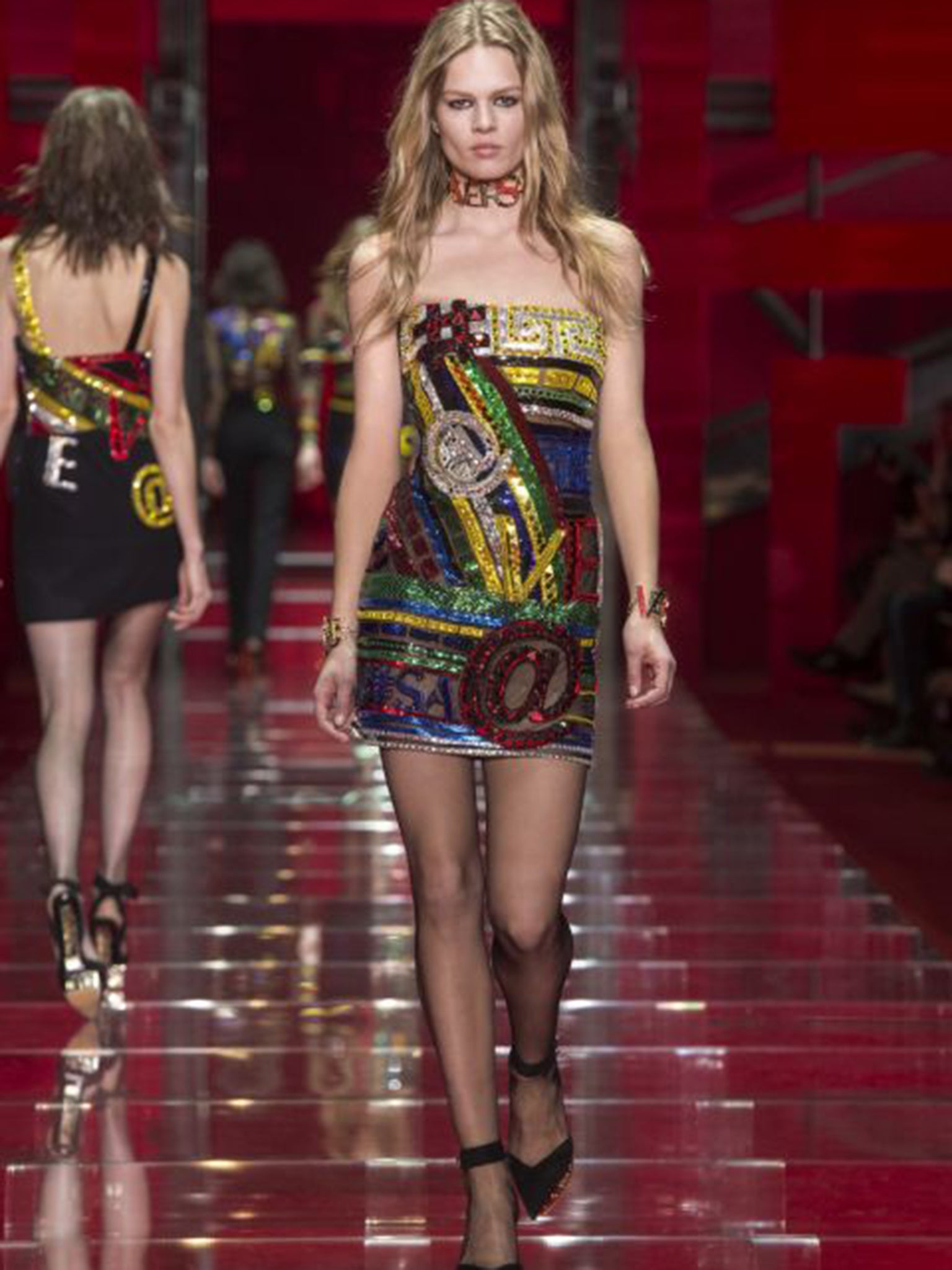
“The Japanese market is historically important for luxury,” Sidney Toledano, the chief executive of Christian Dior, said earlier this year. “Do not forget that it was the Japanese clients who launched the vogue for accessories in the 1970s and 1980s by buying bags on their journeys to Europe.” That’s a vogue which is still in vogue – as that 94.3 per cent figure testifies – and Dior has invested heavily in the continuing importance of the Japanese market. Most recently, the house premiered its pre-fall 2015 collection in Tokyo (that’s the one that sits in shops from May through until December) with a no-expense-spared catwalk show in a Japanese Sumo hall: models, doll-like in plaits, walked in cartoonish shoes, cybernetic sequins and miniature handbags.
The house has a fertile history in Japan, bar just bags: Monsieur Dior used Kyoto-woven fabrics in the 1950s, and designed couture for the wedding ceremony of Princess Michiko. Dior’s outgoing creative director of womenswear, Raf Simons, has long been informed by the nation’s street styles, both in his eponymous menswear (whose spring/summer 2015 styles bore a distinct Japanese bias) and his futuristic reinterpretations of the Dior legacy. And during his tenure, they’ve done swift business. As Toledano asserted with pride: “Dior is experiencing a double‑digit growth in Japan.”
In his book Bending Adversity, the seminal text on post-tsunami Japan, David Pilling explores how such an allegedly conservative society has survived tumultuous upheaval, and cites the saying, “bend adversity and turn it into happiness”. This is what mega brands such as Dior, Louis Vuitton and Chanel have done in the face of a Japanese public with reduced spending but the same thirst for trends. Houses such as these have the capacity for a collection every few months, and the framework in place to have it in their stores as quickly as possible. Dior, for instance, has 22 shops and five flagships in the country. Paired with limited editions and collaborations – such as Louis Vuitton’s with artists Takashi Murakami and Yayoi Kusama – it’s no wonder Toledano can be so ebullient about Dior’s future in Japan.
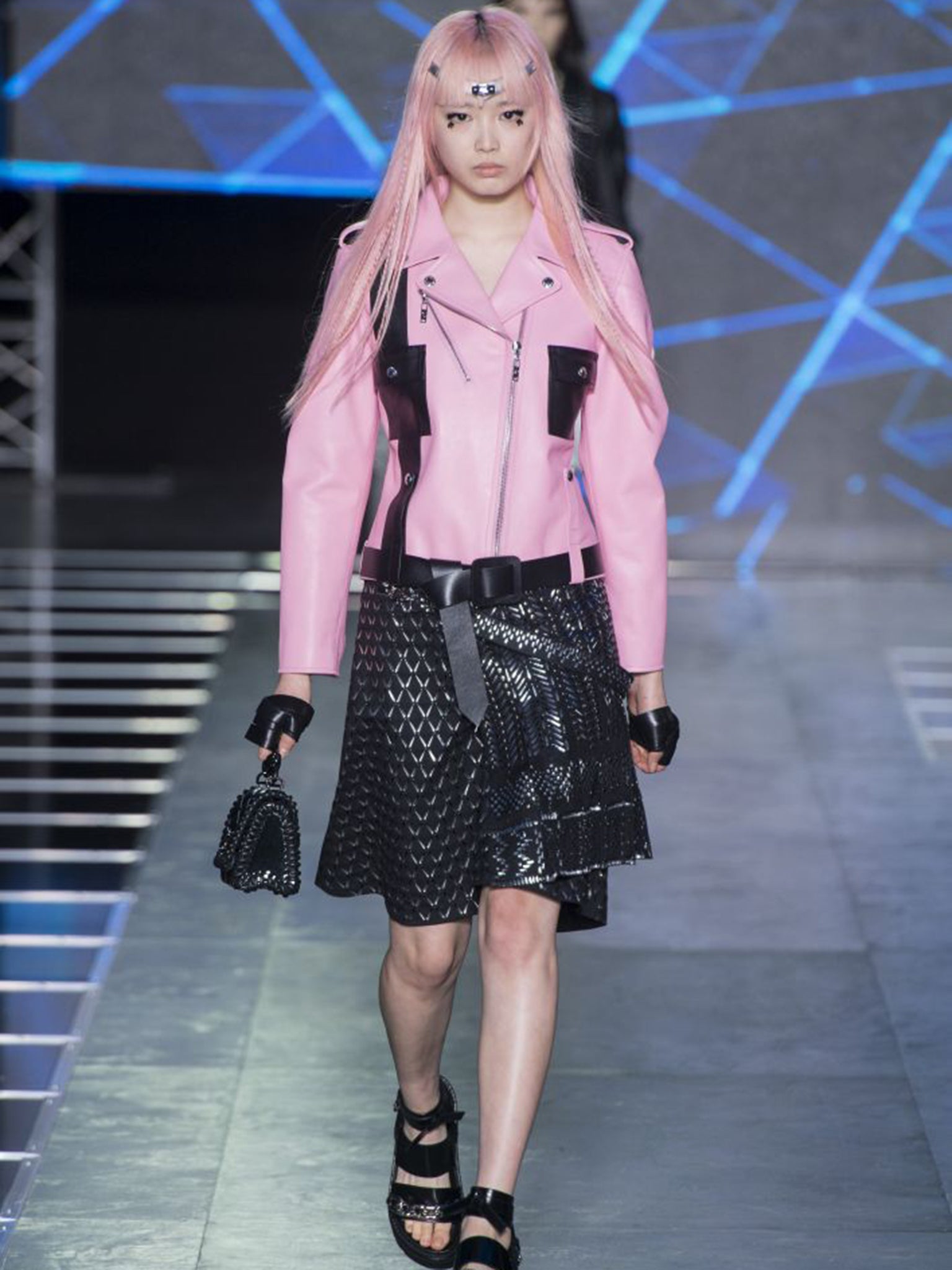
The rest of luxury feels as though it’s also looking east. By the end of 2015 China will make up 30 per cent of the £165bn market, according to Bain and Co, perhaps reflected by this year’s China Through The Looking Glass at the Costume Institute in New York. Meanwhile, spending becomes ever more sophisticated in South Korea, with niche brands such as Rick Owens opening flagships there. Japan, however, remains of the utmost importance, for both its long-term fashion obsession and its political stability.
The Chinese premier Xi Jinping is two years into an anti-corruption drive, hurting luxury brands’ bottom lines as officials shy away from ostentatious bribes. By contrast, the sophistication and loyalty of Japanese consumers continues to reassure brands and inspire them creatively. No doubt the mobbed Christmas edition of Hyper Japan (in London 27–29 November) will show us what’s new for next season.
Join our commenting forum
Join thought-provoking conversations, follow other Independent readers and see their replies
Comments